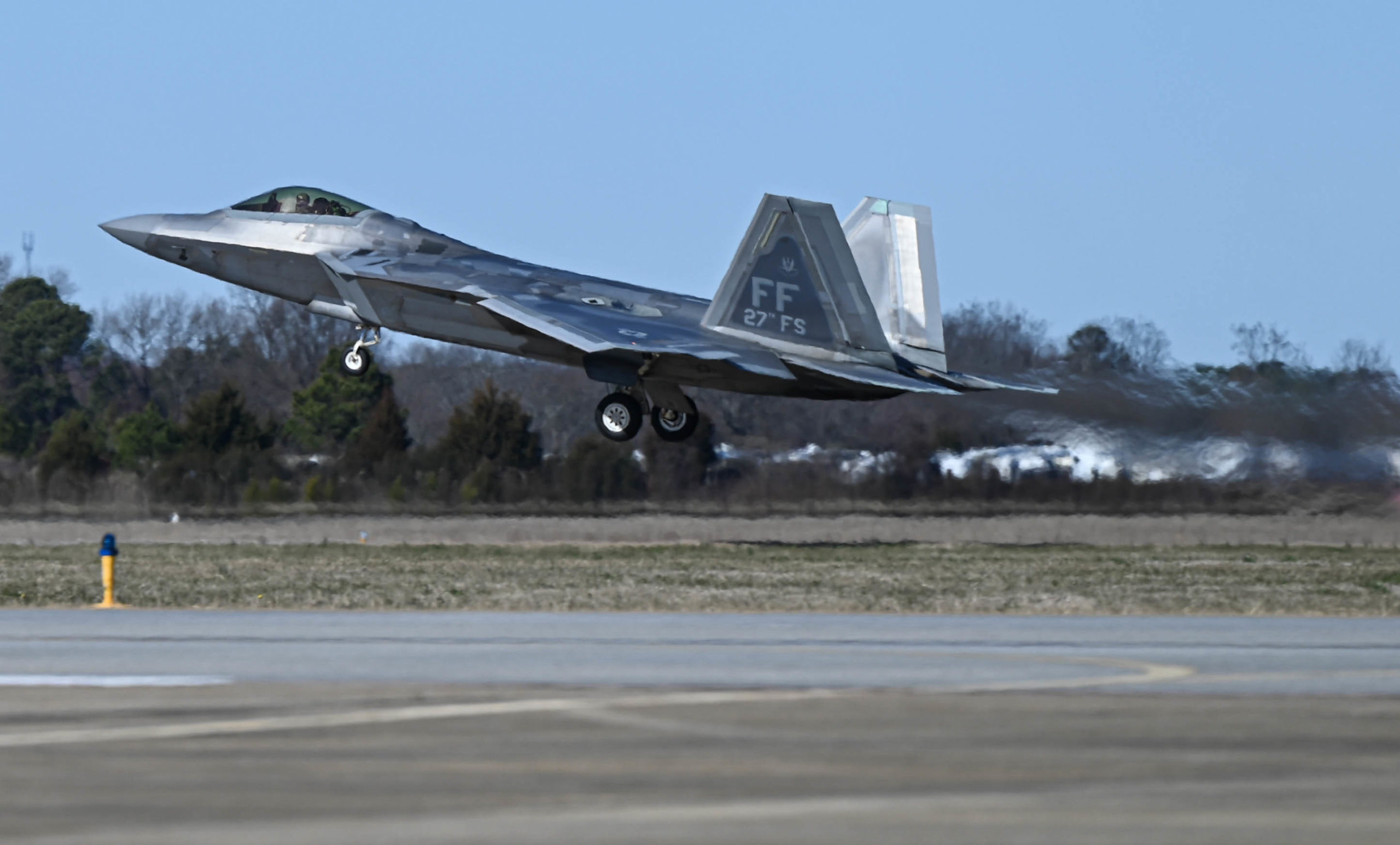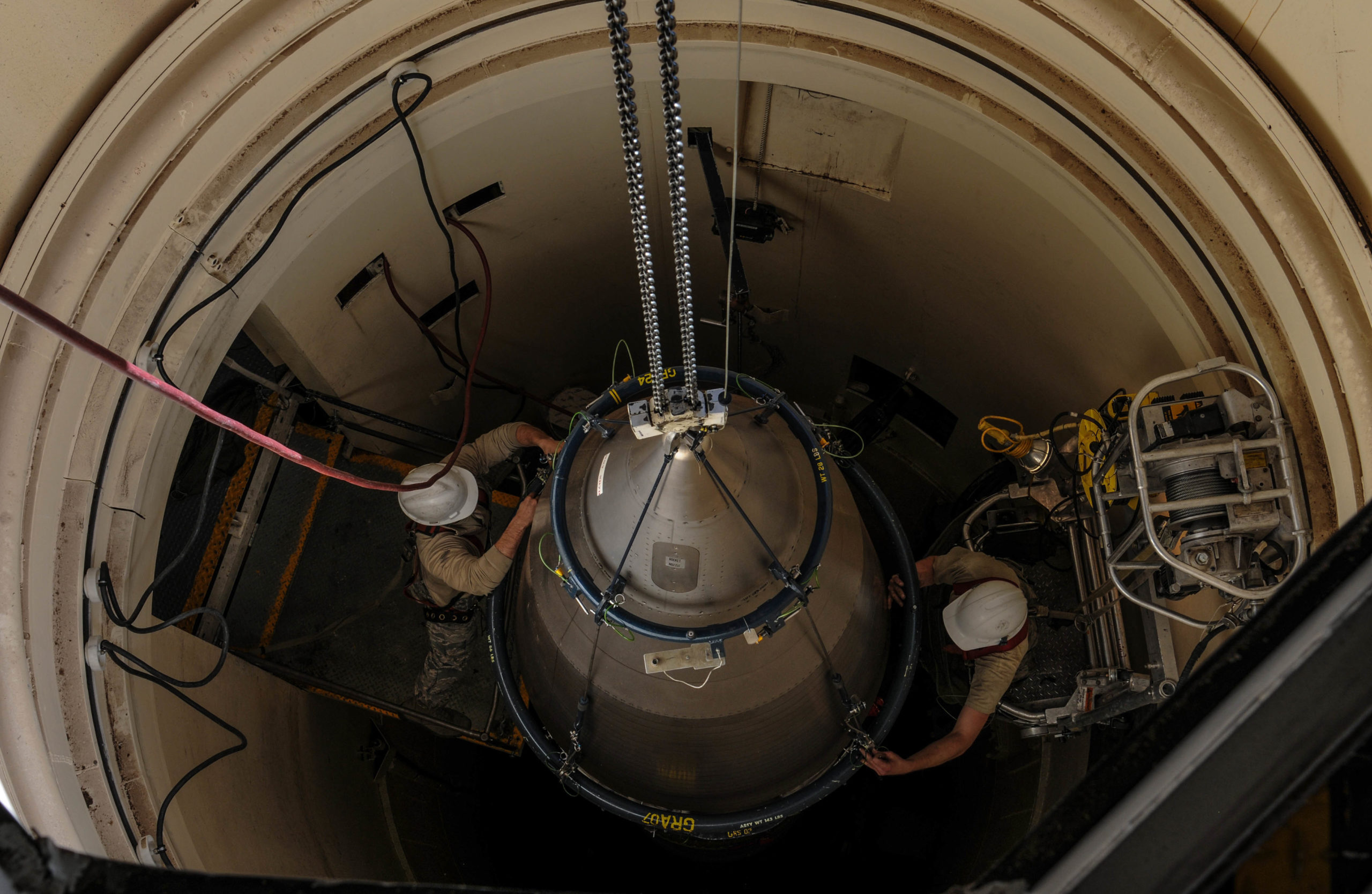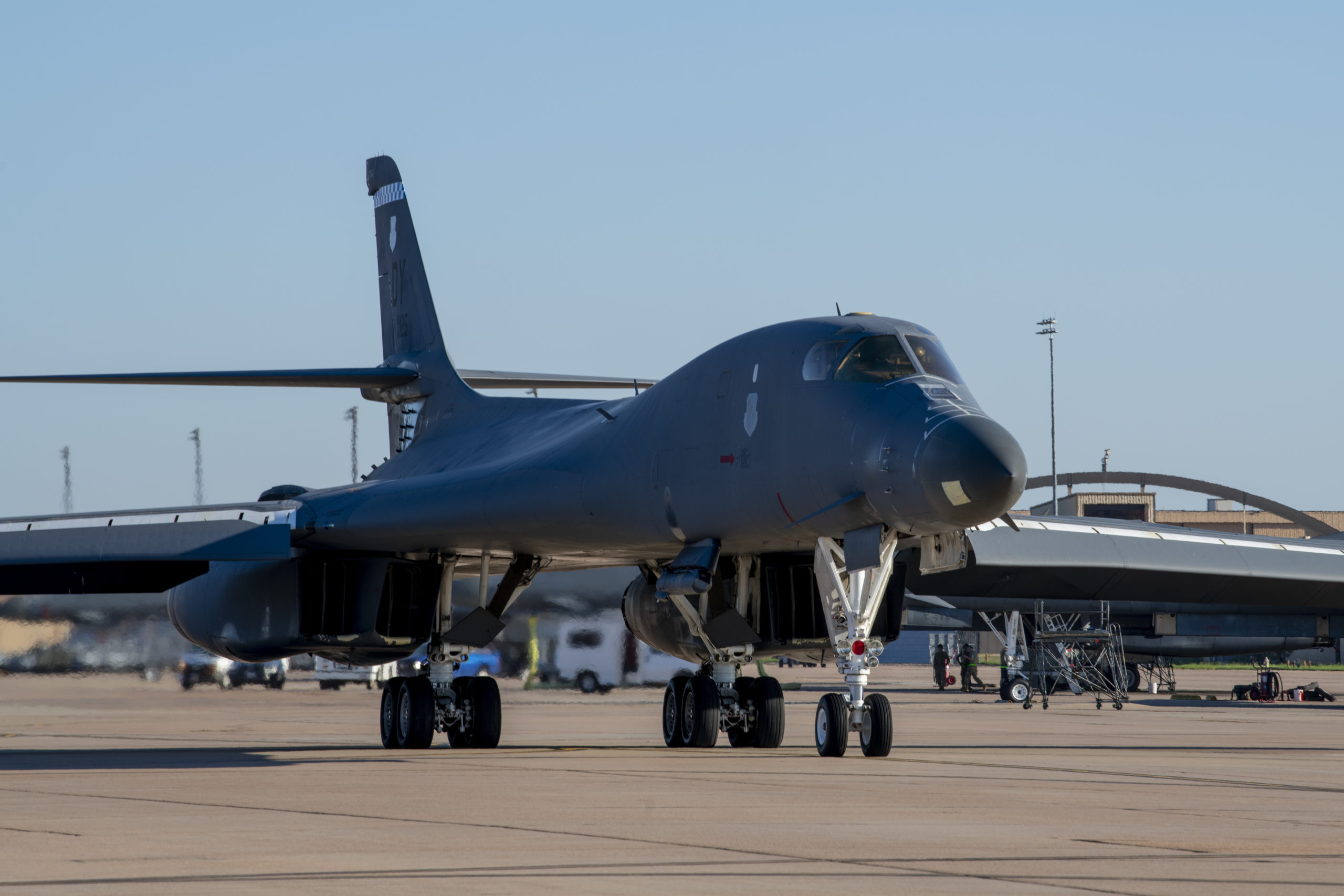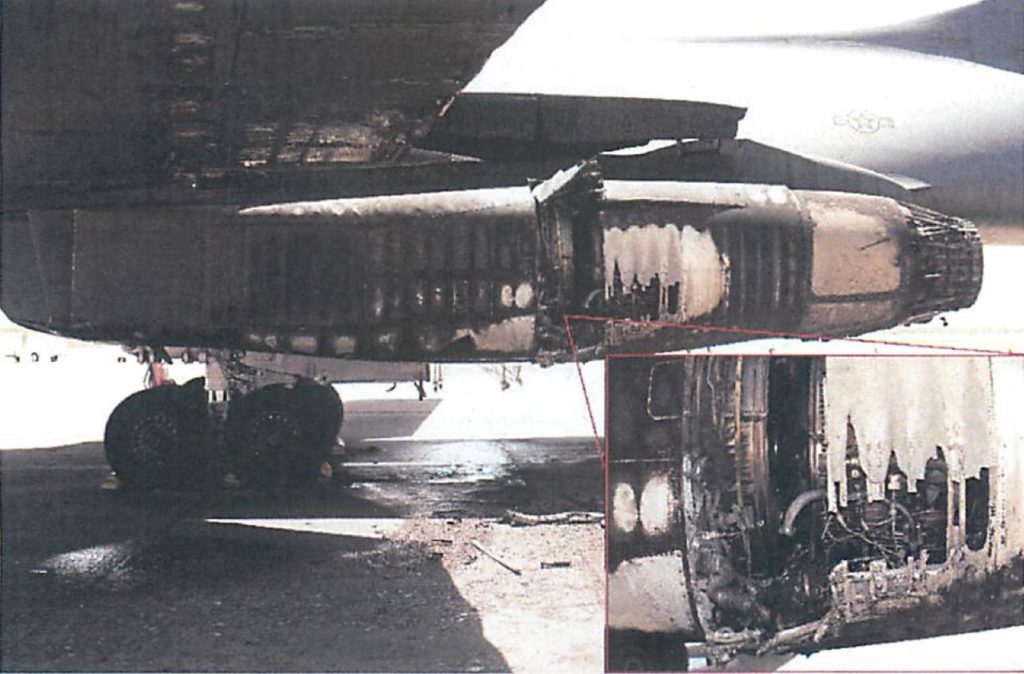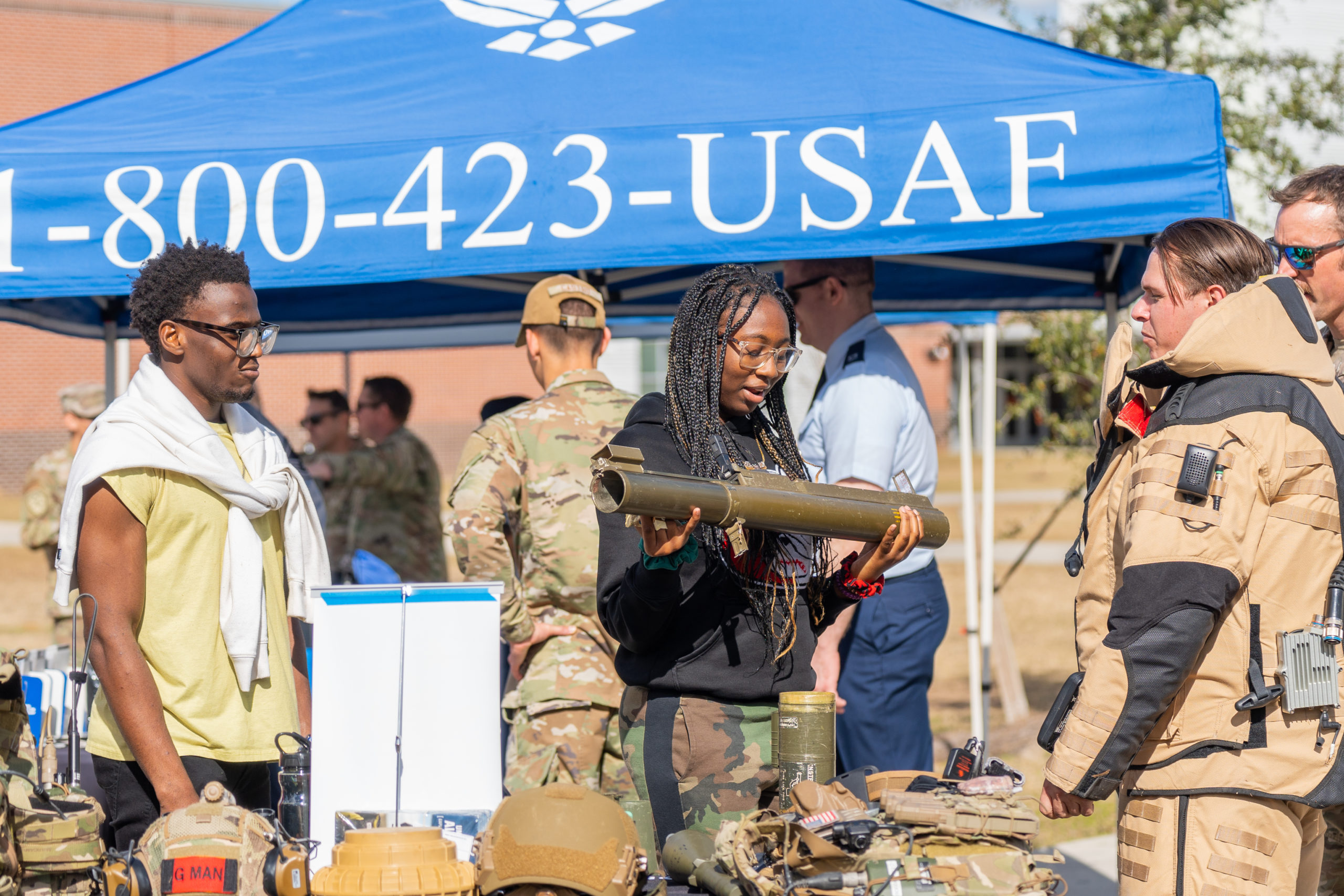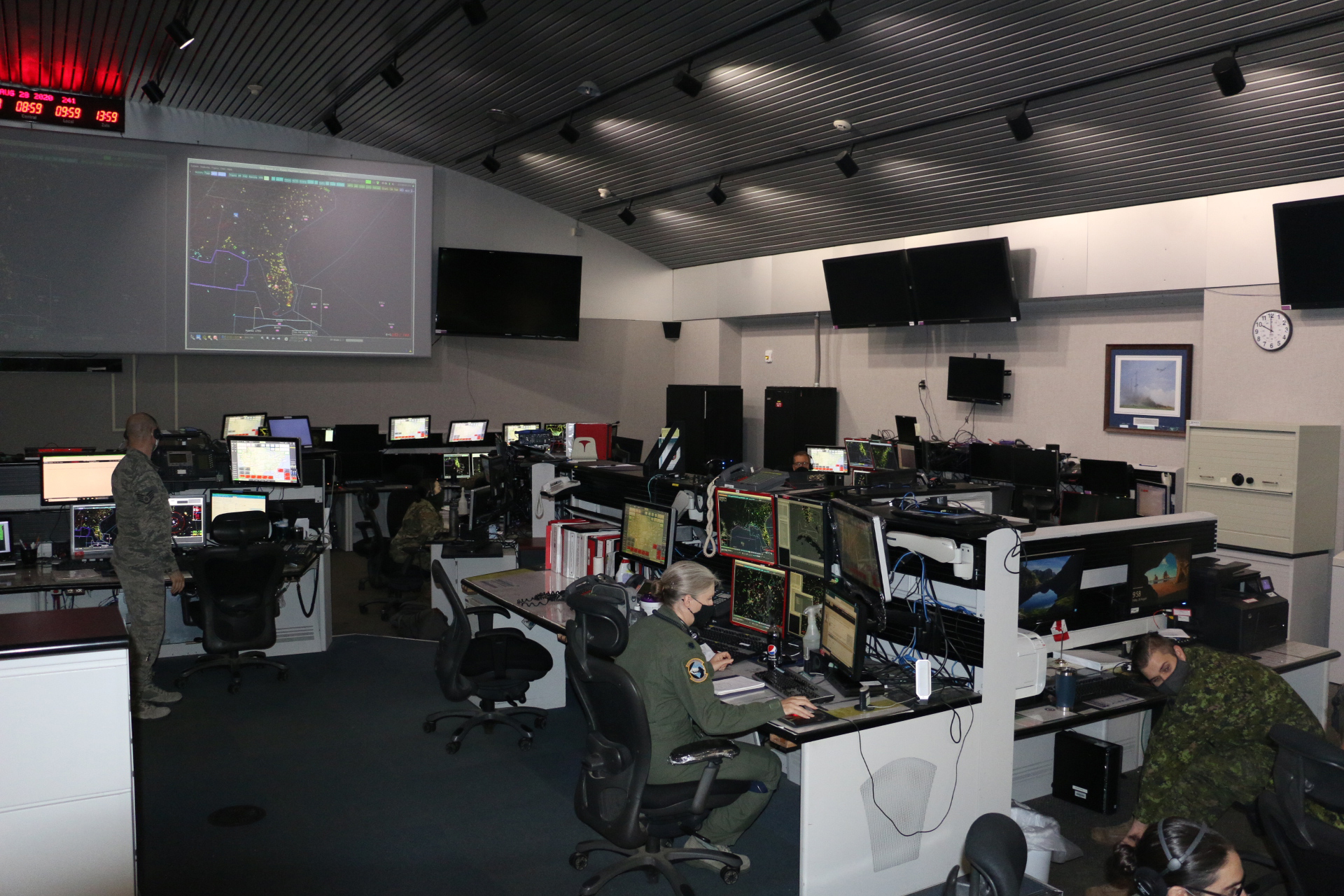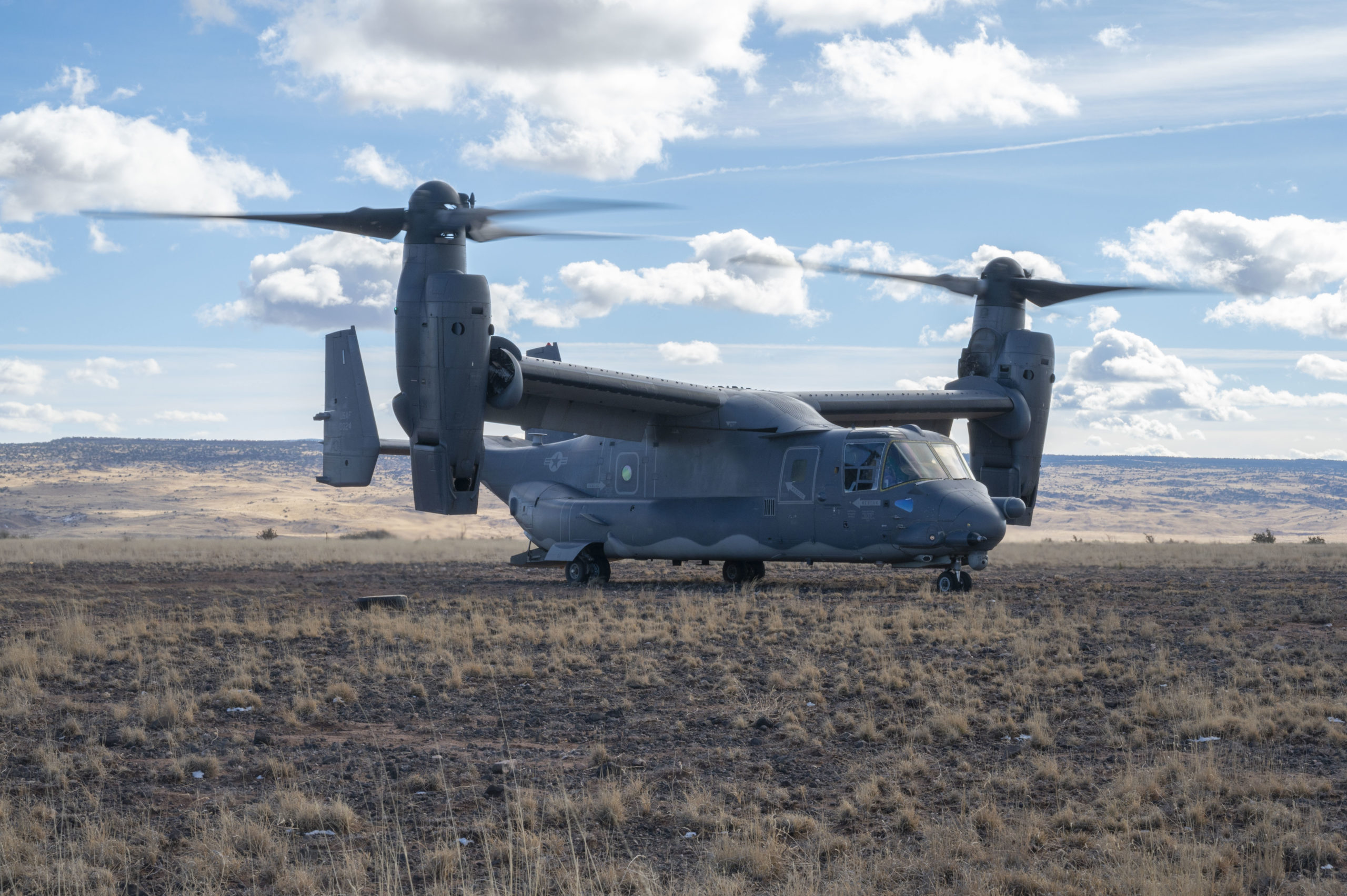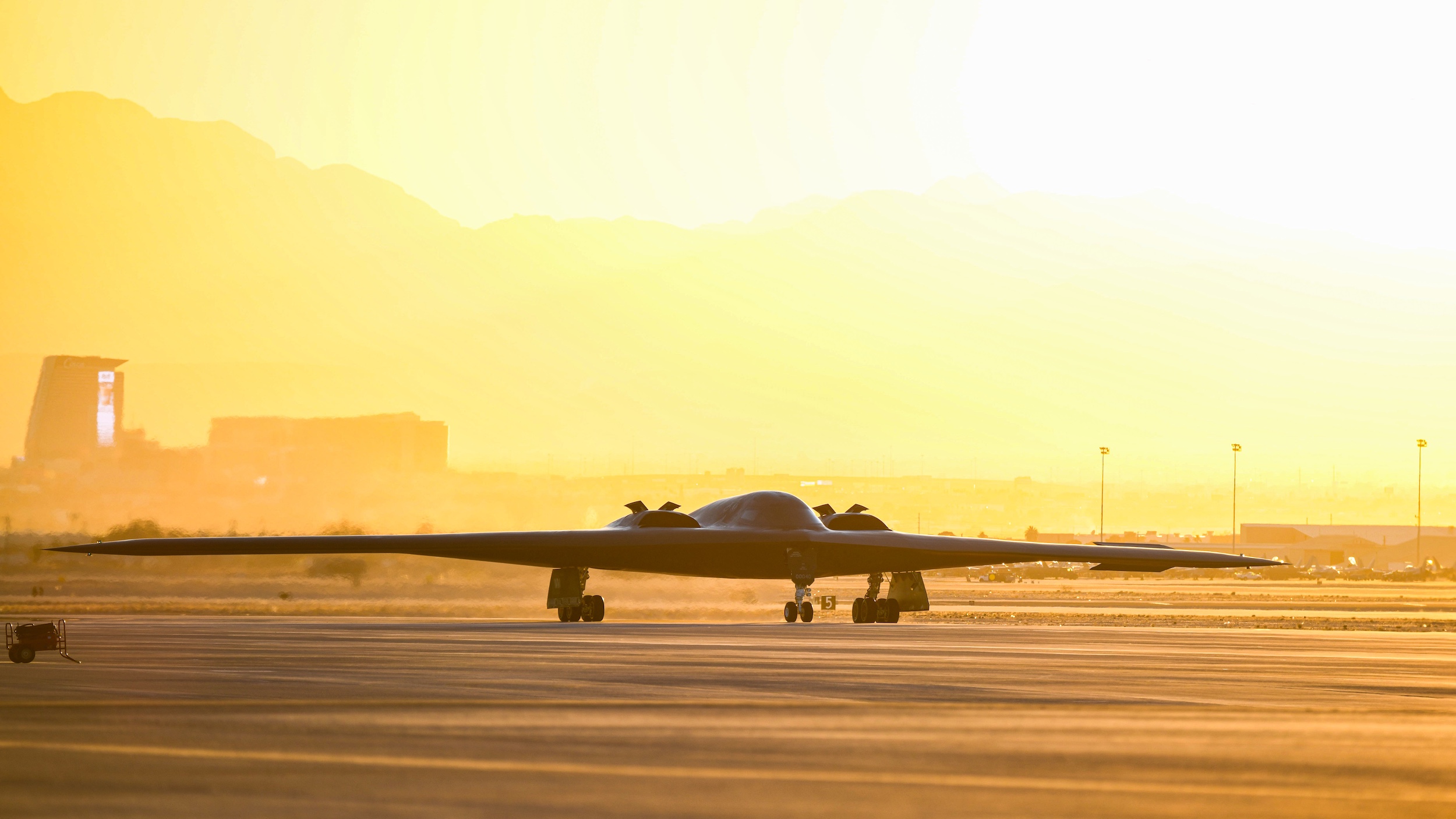Days after a U.S. Air Force F-22 shot down a Chinese surveillance balloon off the coast of South Carolina, new details are coming to light, aided by the work of hobbyists.
Unlike some U.S. military missions in combat zones, flight trackers and ordinary citizens were able to monitor radio frequencies and air-tracking services as the F-22 Raptor scored its first known air-to-air kill, firing a missile from 58,000 feet and ending the weeklong saga of a Chinese balloon floating over the United States.
“FRANK01, Splash one!” an F-22 Raptor pilot from Joint Base Langley-Eustis, Va. called out after the balloon was hit with an AIM-9X Sidewinder.
“The balloon is completely destroyed!” a pilot adds.
An Air Force spokesperson and a U.S. official told Air & Space Forces Magazine the audio communications were authentic.
“The audio is authentic and depicts communication from the 1st Fighter Wing pilot confirming the aerial target was destroyed,” Air Force spokeswoman Ann Stefanek told Air & Space Forces Magazine. “It’s important to clarify this audio is communication between the pilot and air traffic control that can be heard by anyone on the same frequency.”
On the afternoon of Feb. 4, it soon became apparent that the shoot-down of the balloon was imminent. Local airports in South Carolina were closed. The Federal Aviation Administration closed airspace for a “national security effort.” President Joe Biden gave a thumbs up as he boarded Air Force One when asked if the U.S. was going to shoot down the balloon .
Recordings of radio transmissions, synced up with video, shed new light on how the engagement went down. Media, aviation enthusiasts, and local citizens were ready to capture the moment.
At 2:39 pm Eastern time, an F-22, callsign FRANK01, took out the balloon with an AIM-9X Sidewinder, which has an advanced infrared tracking system to pinpoint its target. The missile appeared to hit the area where the balloon is connected to its surveillance payload, shredding the balloon and causing the payload to fall around 60,000 feet into the ocean.
F-15C Eagles from Barnes Air National Guard Base, Mass., callsigns, EAGLE01 and EAGLE02, helped coordinate the F-22’s shot, which was taken six miles off the coast. The F-15s then monitored the balloon debris as it fell, using their sensor pods to pinpoint its location. A search is now underway by the Navy and Coast Guard to gather up pieces of the balloon.
“At the direction of the President, the U.S. military brought down the balloon at the first available opportunity over U.S. territorial waters while protecting American lives, and maximizing the prospects of recovering the payload,” Stefanek added. “Work is underway now by the military to collect and recover the payload.”
